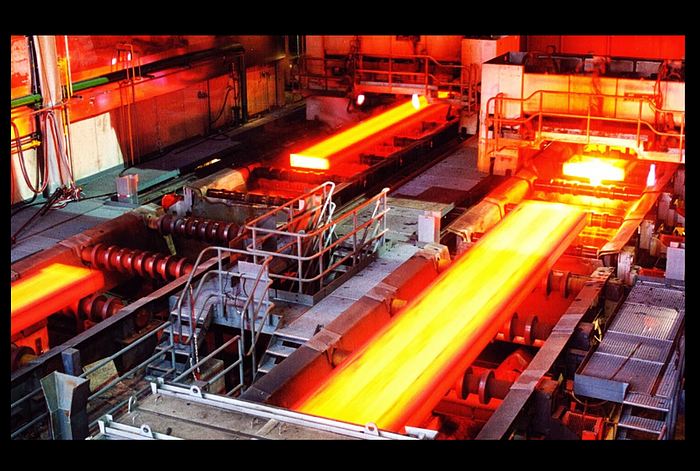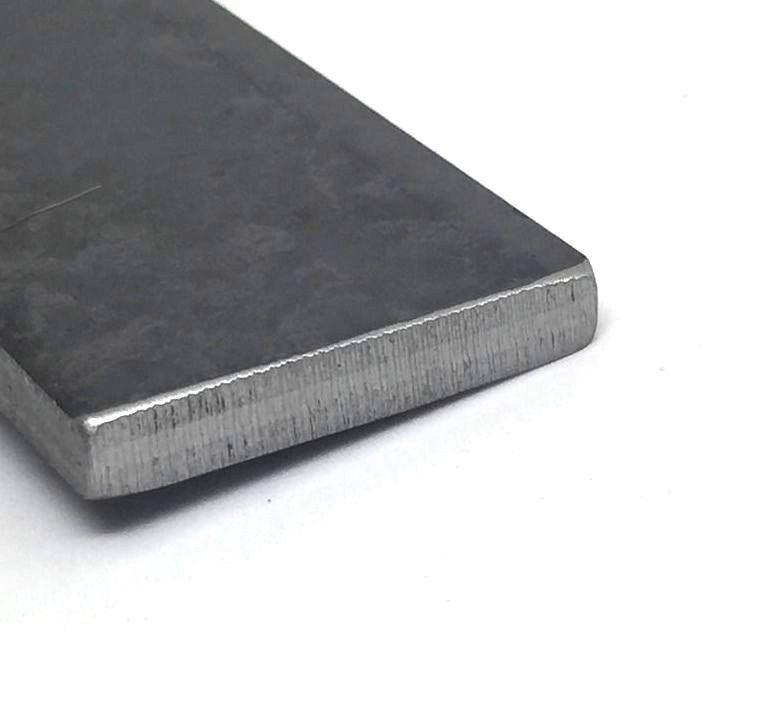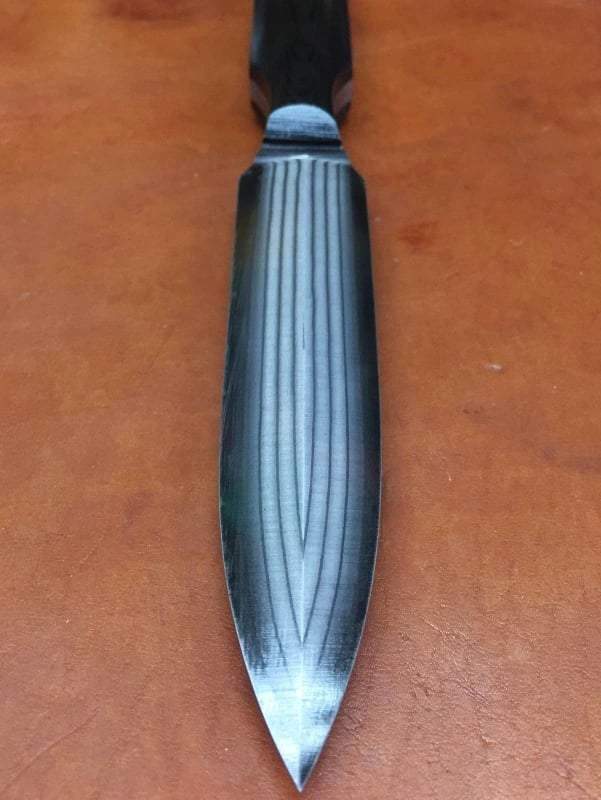Hello guys!
I'm not aiming to pierce the secrets of forging steel, only to realign my impressions of some aspects with reality. I'll make this simple, and will rather rely on knowledgeable replies to "open up" the discussion.
- Is a prelaminated steel forge-welded in similar ways as a maker would do it in house, or are there "other" ways? I saw a couple of videos on You Tube about the process "in house", and am wondering among other things if it can be done as an "automated" process?
- Are there "telltale signs" of a blade being prelaminated?
- Advantages/Disadvantages - for example, I seem to have gathered that forge-welding a stainless cladding, or a stainless core, is more difficult than say carbon/iron clad...
- Does it affect the range/possibility of HT to use a prelaminated blade, or is the heat treat not (necessarily) part of the equation?
- Any other considerations that make these questions look dumb because there's a big "in-between" chunk of possibilities and limitations that define the way in which those questions could be truthfully answered?
- Are there specific cases where using a prelaminated steel - or forge-welding in house - is sure to affect quality?
- And yes, the very obvious yet totally unknown to me: under what form does a maker receive a prelaminated steel?
Thank you very much!
I'm not aiming to pierce the secrets of forging steel, only to realign my impressions of some aspects with reality. I'll make this simple, and will rather rely on knowledgeable replies to "open up" the discussion.
- Is a prelaminated steel forge-welded in similar ways as a maker would do it in house, or are there "other" ways? I saw a couple of videos on You Tube about the process "in house", and am wondering among other things if it can be done as an "automated" process?
- Are there "telltale signs" of a blade being prelaminated?
- Advantages/Disadvantages - for example, I seem to have gathered that forge-welding a stainless cladding, or a stainless core, is more difficult than say carbon/iron clad...
- Does it affect the range/possibility of HT to use a prelaminated blade, or is the heat treat not (necessarily) part of the equation?
- Any other considerations that make these questions look dumb because there's a big "in-between" chunk of possibilities and limitations that define the way in which those questions could be truthfully answered?
- Are there specific cases where using a prelaminated steel - or forge-welding in house - is sure to affect quality?
- And yes, the very obvious yet totally unknown to me: under what form does a maker receive a prelaminated steel?
Thank you very much!








